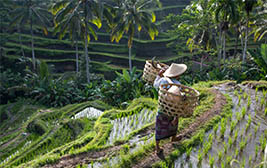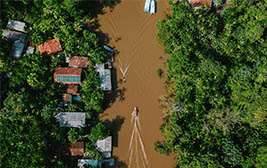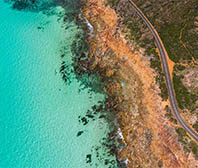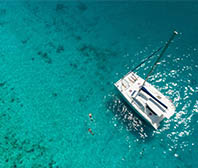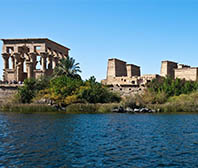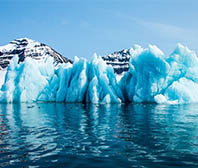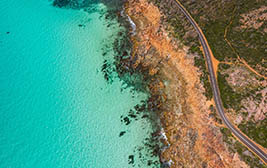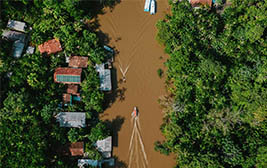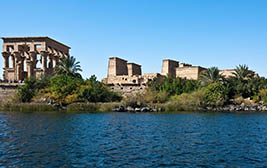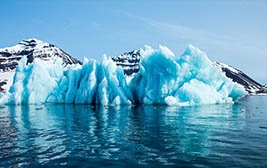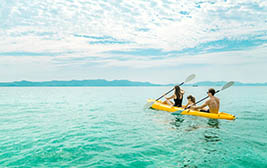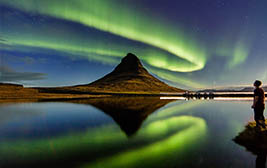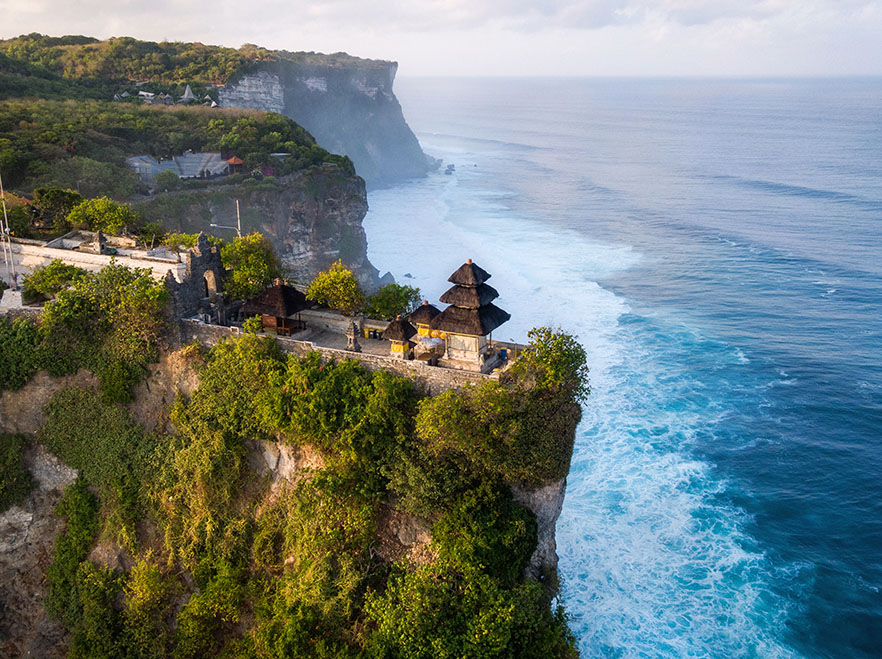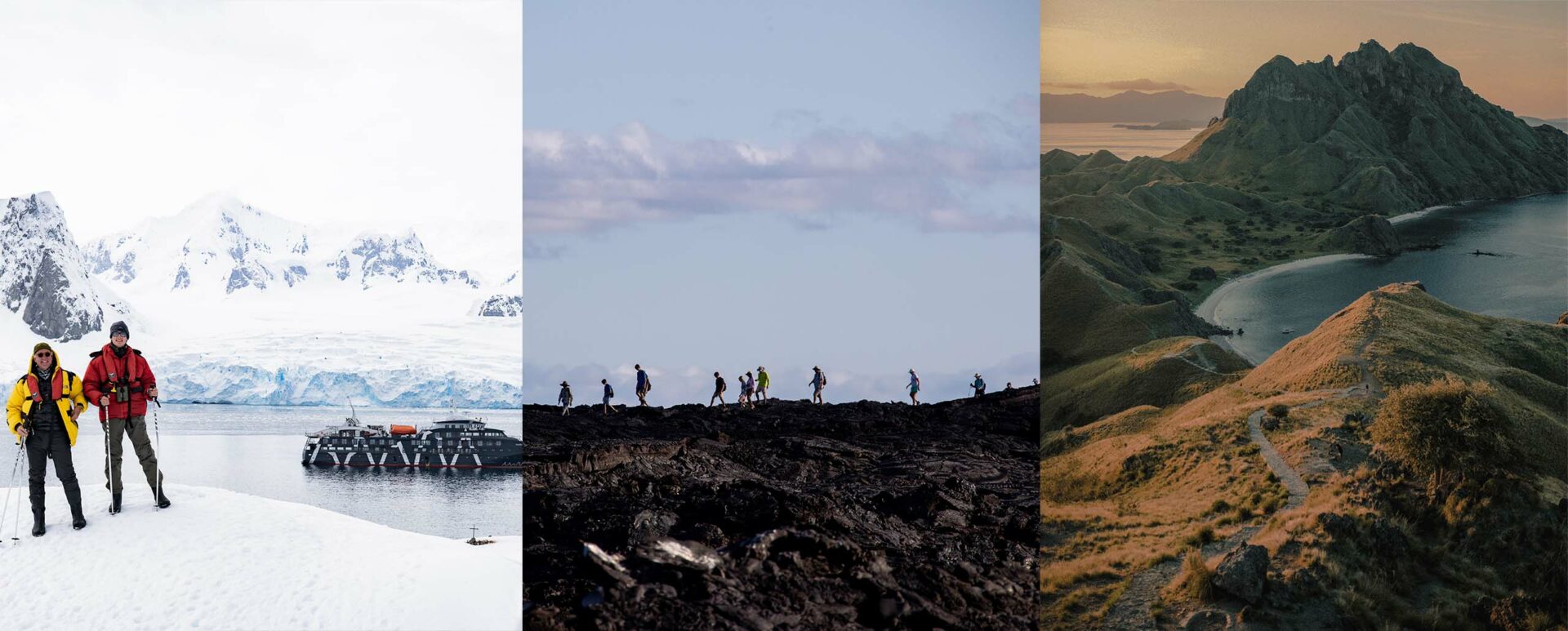Bali has the fun, Lombok the beaches but if you’re looking for culture and history, Java has it in spades. Stretching from the bright lights of Jakarta in the West to the lofty peaks of Mt Bromo and Mt Ijen in the East, Java is the world’s 13th largest island and makes a great destination for a road trip with a few train rides thrown in for good measure. Speeding along the roads and railways takes you through a lush, green landscape punctuated by colourful towns and the strains of the call to prayer issuing from minarets.

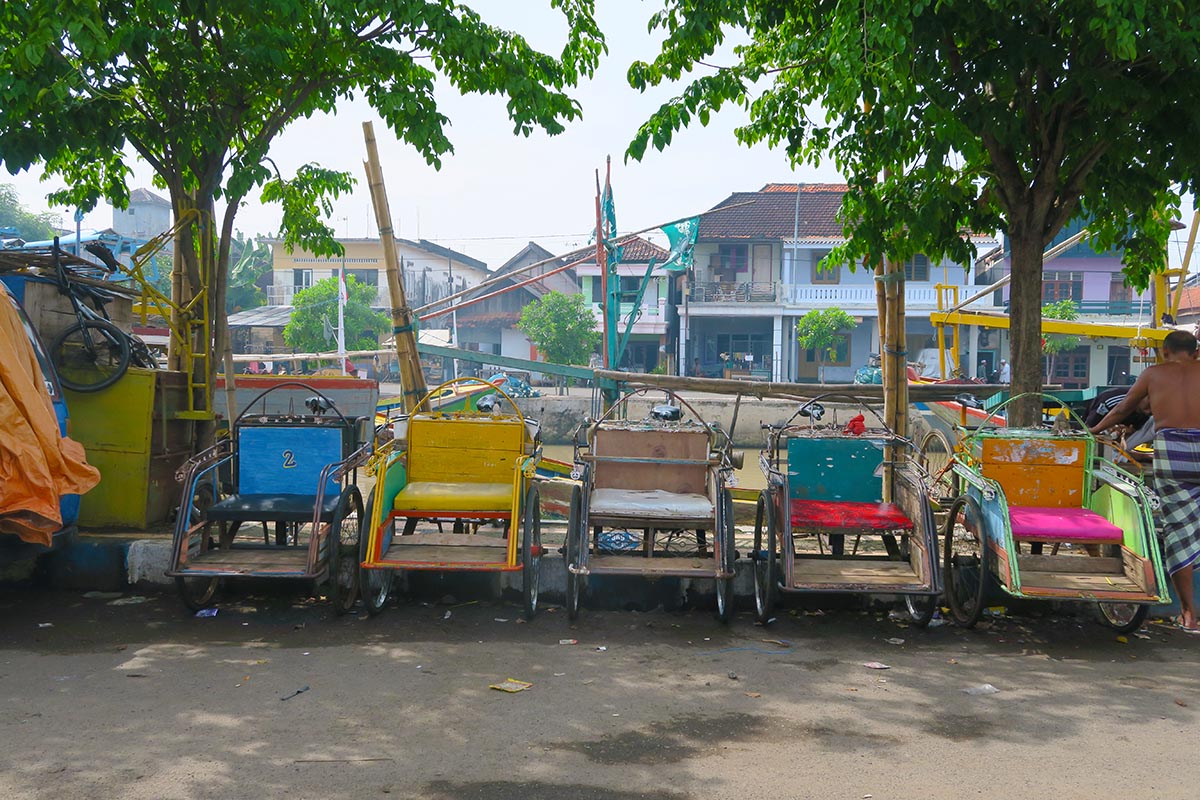
We start in the colourful but sleepy city of Yogyakarta, host to myriad temples and the stop off point for Borobudur. Despite the fact that Java is predominantly Muslim, this awe-inspiring monument is the biggest tribute to Buddhism in the world and ranks near the top of most ‘must-see’ lists. An April morning however, produces a relatively manageable group of fellow travellers and, sitting amongst the 72 stupas we are able to enjoy the magical site of a misty sunrise against a volcano-strewn horizon.
Java is a land of plenty and we stop twice at different plantations to witness the wealth of produce harvested by the Javanese. First, a coffee plantation where Arabica and Robusta beans are grown and nurtured before being harvested, dried, roasted and finally sold as beans or powder. Onwards to Kaliburu which, besides coffee, grows everything from cinnamon, nutmeg, cacao and cloves to sugar cane, vanilla and the pungent durian fruit. We watch in awe as sinewy workers shimmy up slippery coconut palms to collect the sap.
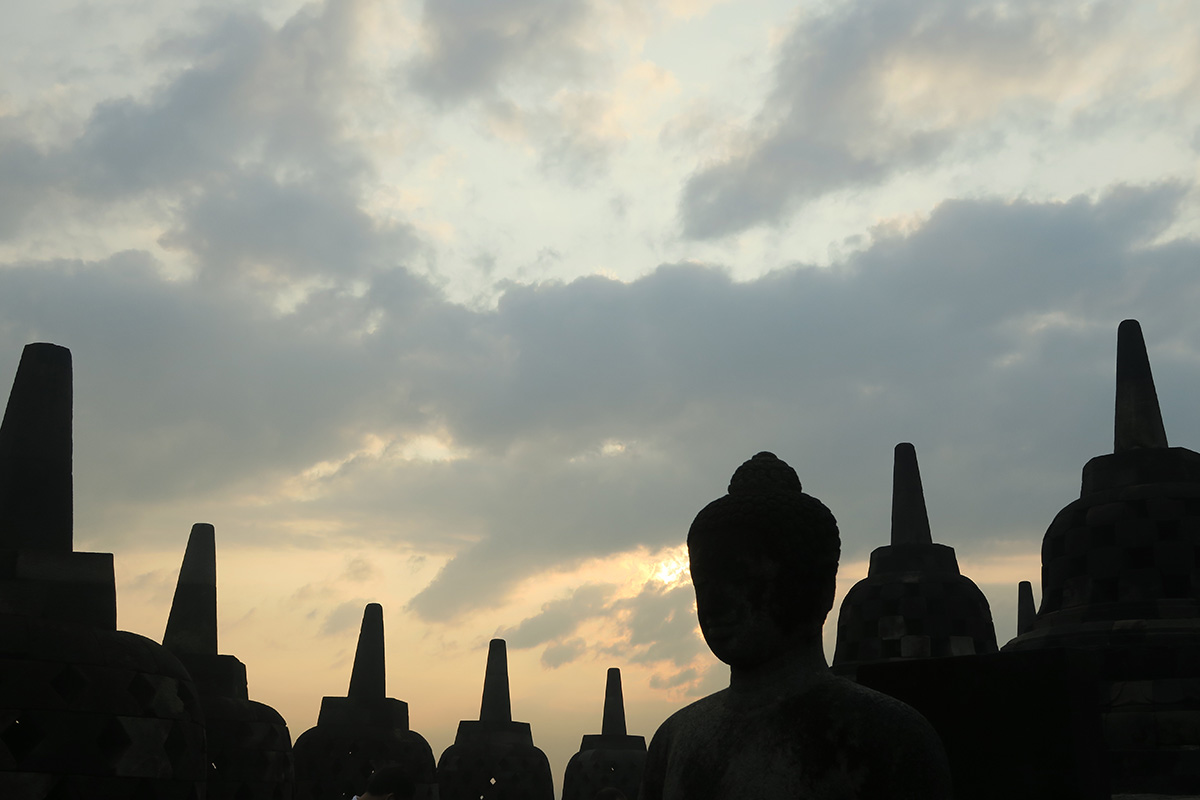
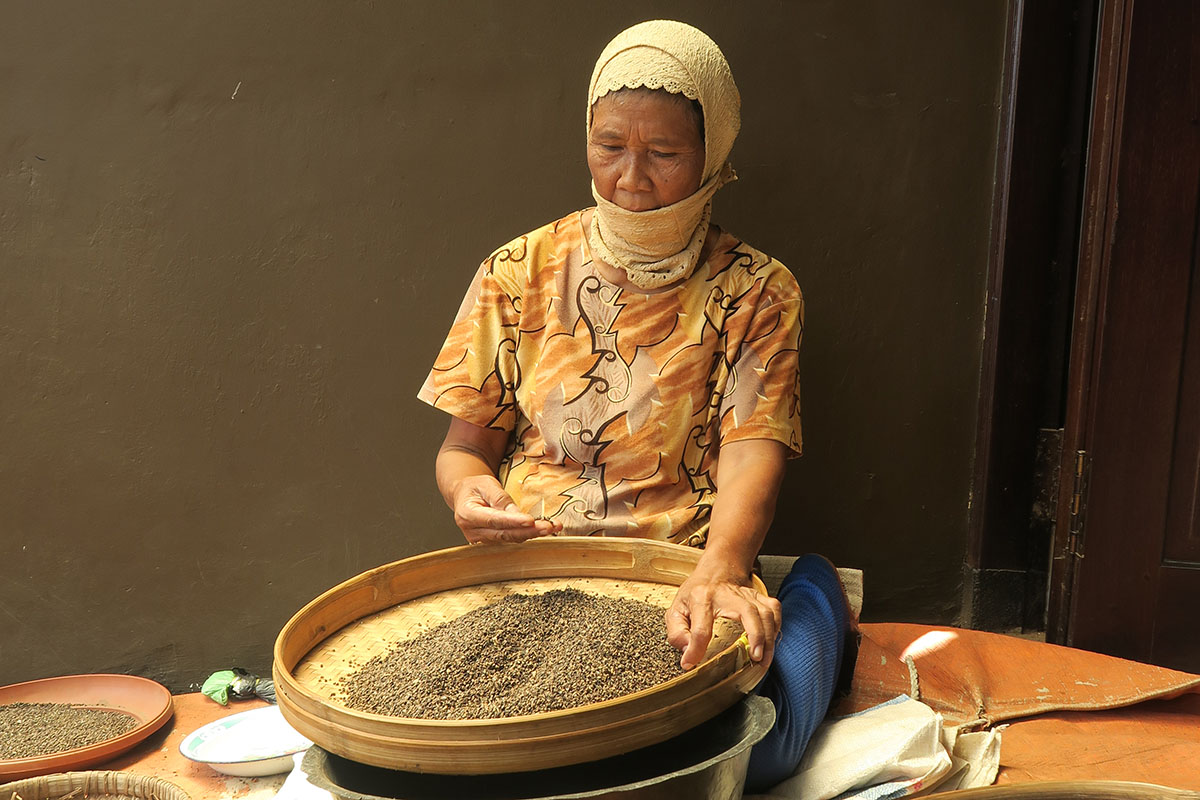
Up along the north coast sits Pasuruan, a tiny fishing village which makes up for size in its dazzling array of colours. Fishing boats, houses, street stalls, in competition as to who can make the most charmingly garish statement. Bright blue fishing nets, lime green carts loaded with ripe coconuts, bubblegum pink houses and everywhere, the glinting silver skins of fish, spread out to dry in the scorching sun. Pasuruan’s inhabitants languish below deck or in the shade of tarpaulins, understandably reluctant to engage in anything more active in these crushing humidity levels.
Numerous volcanoes, 45 of them active, have shaped the geographical landscape of Java. After the relatively quick and easy ascent of Mt Bromo, we take on Kawah Ijen at sunrise and are continuously overtaken by nimble sulphur miners, hauling their trolleys up behind them. This will be the first of many journeys they make today, each one earning them a pittance with which to feed their families. In the other direction, back down the slopes of the volcano, appear stooping figures, yokes resting on the backs of their necks and a total of up to 90kg of yellow sulphur bricks weighing down the baskets on either side. At the crater we look down into the turquoise, sulphuric crater lake and scramble down through the noxious fumes to witness the mining operation itself. Molten sulphur emerges a deep red colour before turning bright yellow as it cools and solidifies. At night, the substance emits an eerie glow known as the ‘blue fire’.
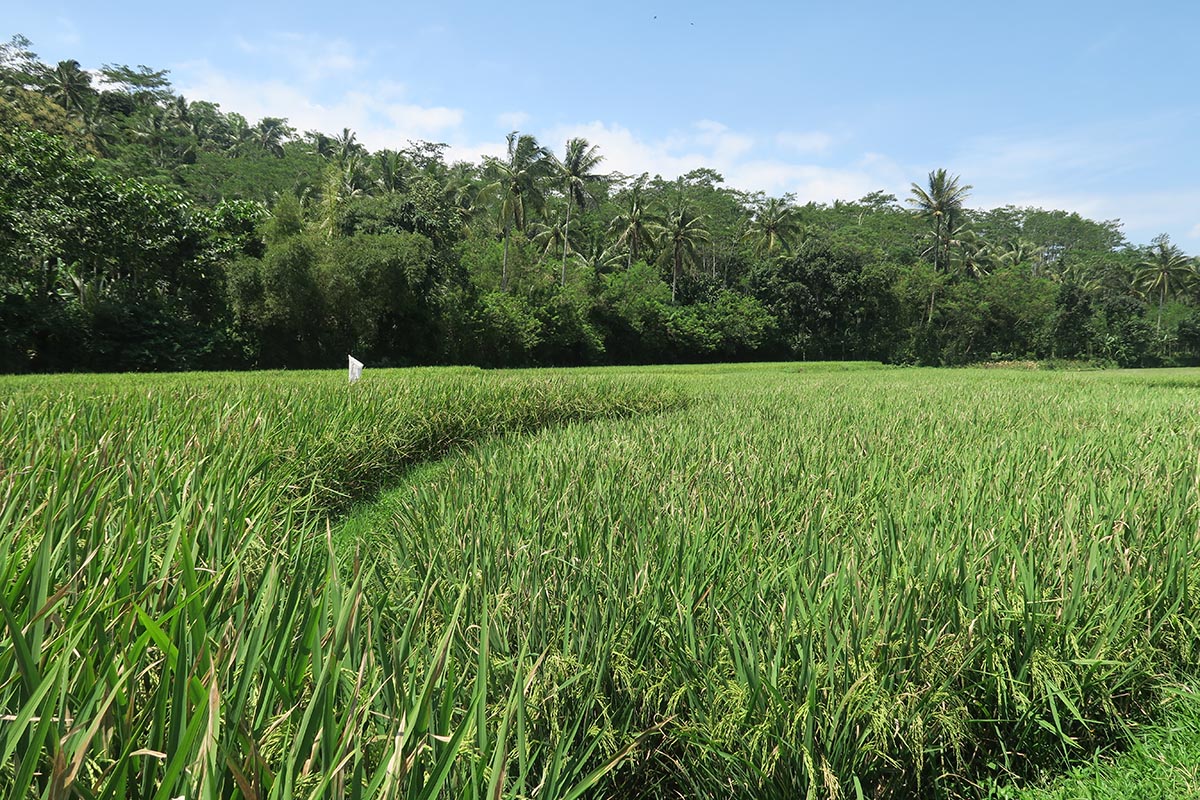
Whilst many eschew Java for its famous, more frivolous neighbour, Bali, this would be missing out on the opportunity to experience an island often thought of as the heart of the nation. This is the vibrant soul of Indonesia – an intoxicating mix of buzzing cities, ancient temples and mesmerising landscapes.
Chat to an expert to start planning your trip
Get in touch and one of our luxury travel experts will answer any questions you may have and help create your dream tailor-made holiday.

